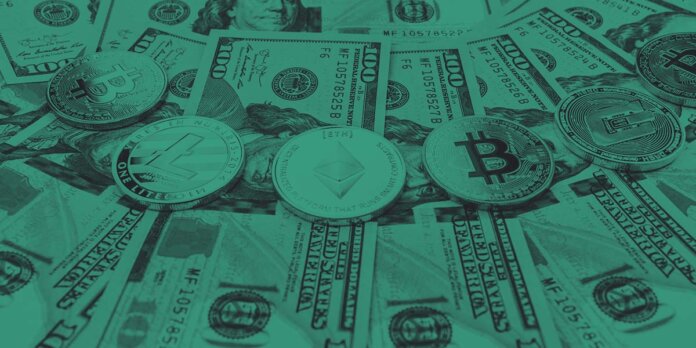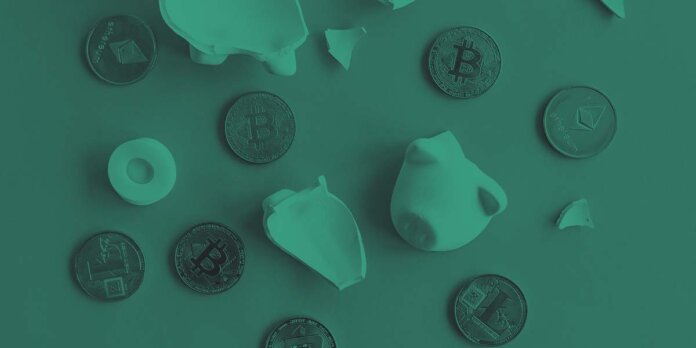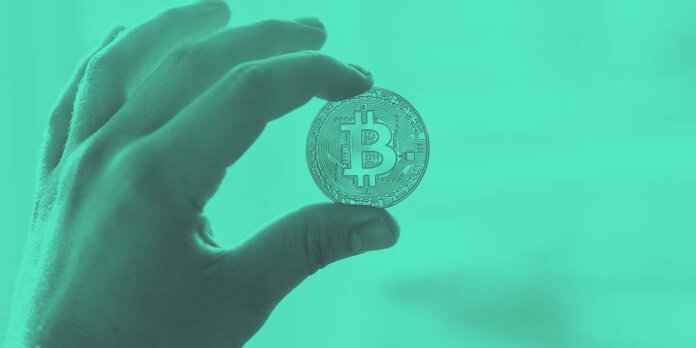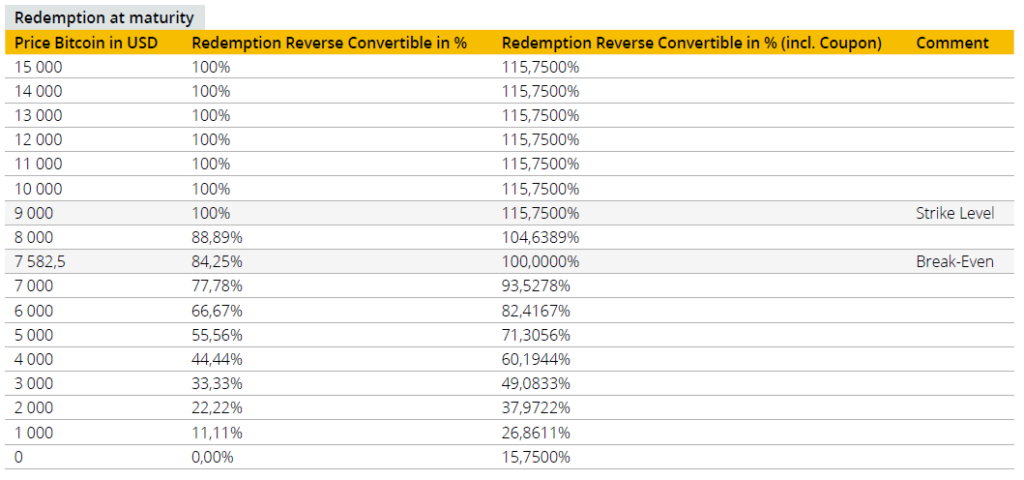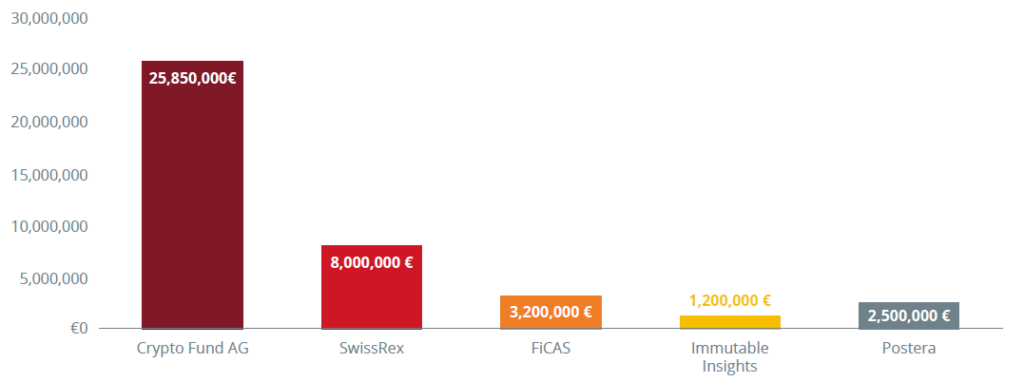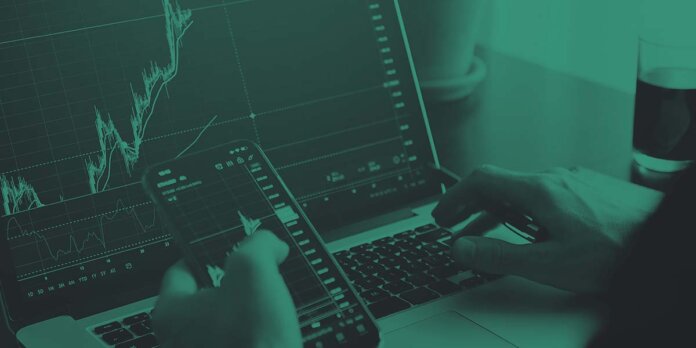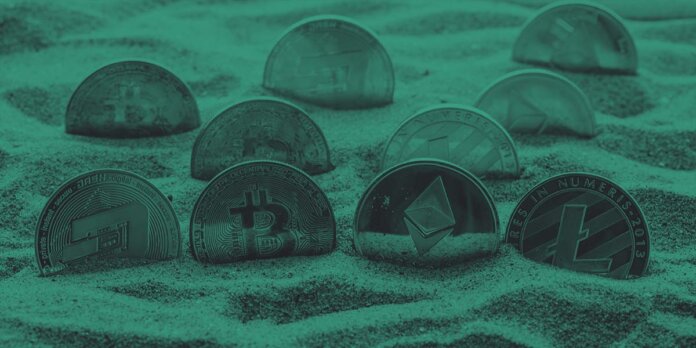If a customer declares the origin of their assets as “Crypto Investments” or wants to directly bring in digital assets, such a transaction constitutes a greater risk than a fiat money investment or transaction. For digital assets, however, unlike the origin of assets in fiat, there is the possibility to actually check all transactions linked to a declared wallet on the blockchain and carry out a wallet screening of the wallet.
At first, the background checks do not differ significantly from traditional fiat money checks. In any case, background information on the investment or receipt of digital assets should be obtained. Among other things, the timing, size, type and service provider used for the transaction play a key role. Needless to say, it makes a difference whether, for example, assets come from a past Initial Coin Offering (ICO), from an earlier mining activity, or an earlier investment.
Wallet Screening and Analysis
In addition to the background checks, it is usually possible to analyze the wallet of the customer by means of wallet screening. So-called wallet analyses can be carried out via various providers. During such analyses, the wallet address is examined with the support of information from databases. The wallet analysis clarifies whether the wallet holds “tainted coins”, i.e., digital assets derived from a tainted source. This could be, for instance, digital assets coming from the darknet, stolen assets, or assets coming from a wallet that is sanctioned and blacklisted. The wallet analysis specifies a risk value that can be used to assess the cleanliness of digital assets. In complex and ambiguous cases, it is worthwhile to prepare a detailed wallet analysis report or have it prepared by a provider. There are various providers that interrelate the results of the wallet screening with the background information. Such a detailed wallet analysis report not only indicates the result in the form of a risk value but also provides the appropriate interpretation of the result by including the customer’s background and information and checking for their plausibility.
Verification of the Beneficial Owner of Digital Assets
In addition to the obligation to identify the beneficial owner according to the existing money laundering regulations, verification checks must also be carried out. In practice, two methods are regularly used for this:
- Microtransactions
- Message Signing
Microtransactions are actually small payments from the customer’s wallet to a wallet of the service provider or financial institution, whereby the customer proves that they have access to the private key. It is assumed that the person who has access to the private key is the beneficial owner.
The method of “Message Signing” is somewhat more complicated, but it can also be used to demonstrate that the person with the private key can control the wallet address and is thus the owner of the digital assets. When signing, the customer uses the private key to generate a message agreed in advance between him and the service provider. The service provider can then check whether the private key is really linked to the wallet by using the public key.
In conclusion, should a business wish to enter the digital asset market, be it to serve customers in this domain, to issue products in the form of tokens, or invest in digital assets, it is advisable to carry out an in-depth risk analysis of the new line of business. Once the risks have been identified, measures to reduce these risks have to be implemented, and existing processes as well as internal compliance directives have to be adapted. Among the greater risks in regard to digital assets are compliance risks that need to be understood before entering the market.
This article is an extract from the 70+ page Discovering Institutional Demand for Digital Assets research report co-published by the Crypto Research Report and Cointelegraph Consulting, written by eight authors and supported by SIX Digital Exchange, BlockFi, Bitmain, Blocksize Capital, and Nexo.

